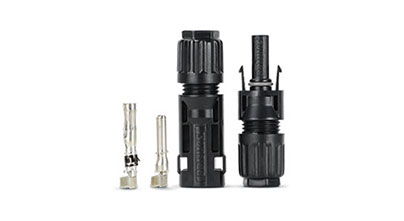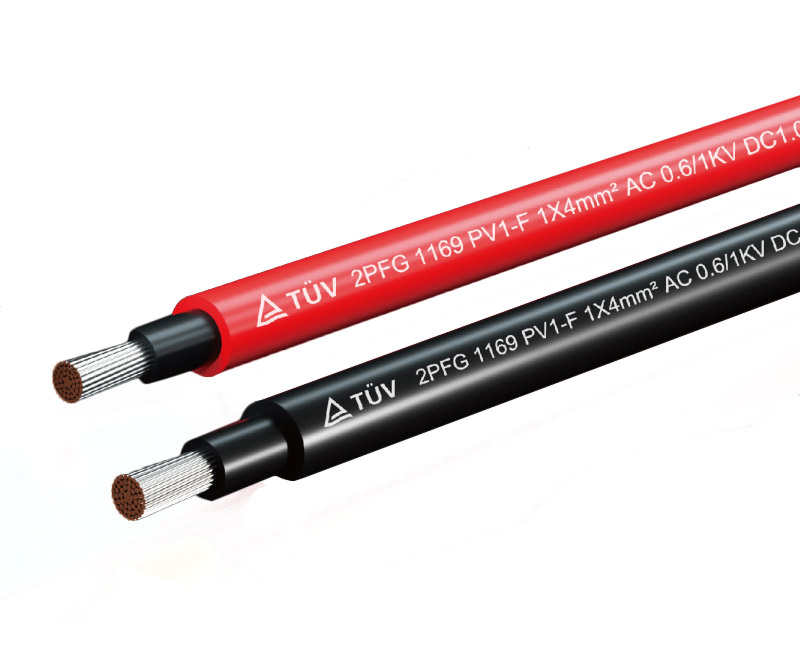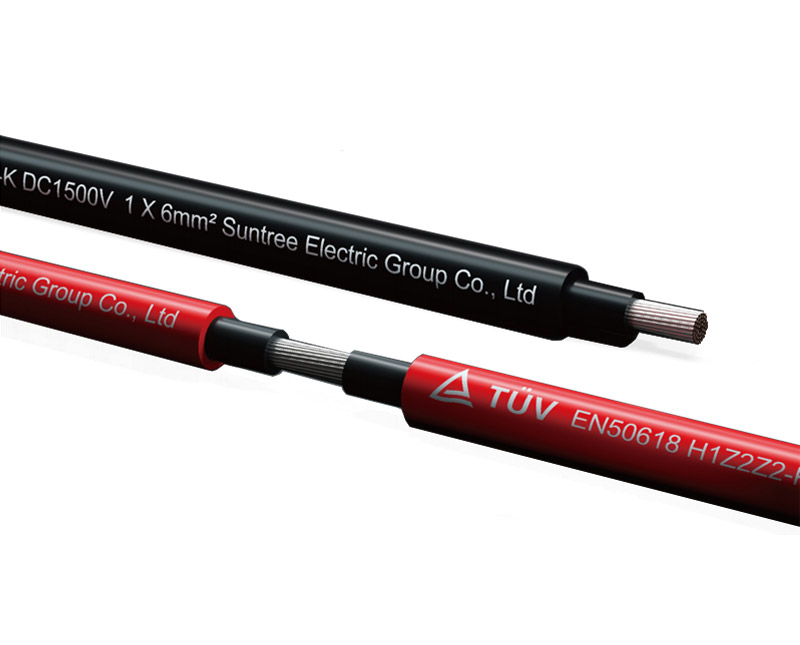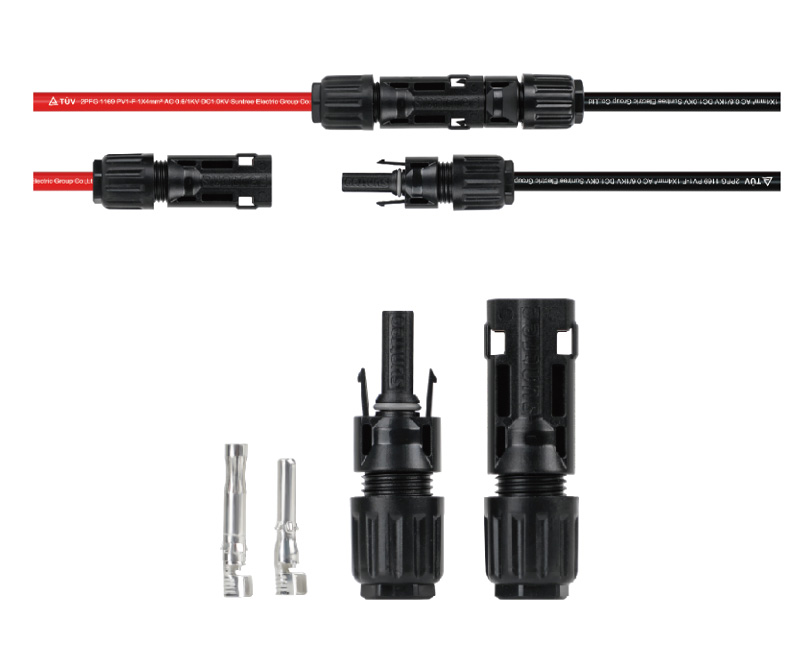Easy to install Solar Harness
With the increasingly important position of solar energy in the global energy field, the Solar Harness, as a crucial component in solar power generation systems, plays a vital role in the wide application and popularization of these systems. Whether it's professional installers or ordinary users interested in solar technology, they all expect to be able to complete the installation of the Solar Harness quickly, accurately, and easily, thus ensuring the smooth construction and efficient operation of solar energy systems. This article will explore in depth whether the installation of the Solar Harness is truly easy to understand, analyzing each key aspect of the installation process to present readers with a comprehensive and clear picture.
I. Clarity of Installation Guides
Degree of Step Detail: A high-quality installation guide for the Solar Harness should have detailed step-by-step instructions. Starting from unpacking the harness for inspection and ending with the completion of connections to solar panels, inverters, and other equipment, every step should have clear operation instructions. For example, when connecting the harness to the solar panels, it should clearly explain how to insert the plugs correctly to ensure a firm connection without any risk of looseness, avoiding energy transmission problems or equipment damage caused by improper connections.
Combination of Text and Illustrations: A clear installation guide should not only have textual descriptions but also be equipped with a large number of intuitive pictures or schematic diagrams. For complex connection parts and wire routing paths, pictures can enable installers to quickly understand the operation methods. For instance, when showing how to fix the harness along the solar support frame, an accurate schematic diagram can clearly present the direction of the harness and the positions of the fixing points, making the installation process more intuitive and reducing installation errors caused by misunderstandings.
II. Markings and Design of the Harness Itself
Wire Markings: Each wire in the Solar Harness should have clear markings so that installers can easily distinguish its function and connection direction. For example, using different colored insulation sheaths or clearly printed labels to indicate positive poles, negative poles, signal lines, etc. This can greatly reduce the probability of errors during the connection process. Even non-professional users can quickly find the corresponding connection points according to the markings, ensuring the correctness of electrical connections.
Interface Design: The interfaces of the harness should be designed to be simple and have an anti-misinsertion function. For example, adopting a unique shape or key design so that the interface can only be inserted into the corresponding equipment port in the correct way, avoiding equipment damage or performance issues caused by misinsertion. This user-friendly interface design can speed up the installation process while improving the accuracy and reliability of installation.
III. Compatibility with Other Components
Size and Connection Compatibility: The Solar Harness needs to perfectly match various brands and models of solar panels, inverters, and other components. The sizes of its plugs and sockets should conform to industry standards to ensure a tight connection without the need for additional adjustments or modifications. For example, when connecting to common mainstream solar panels, the connectors of the harness should be able to smoothly insert into the output ports of the panels and be firmly fixed without looseness or poor contact, thus simplifying the installation process and saving installation time.
Electrical Parameter Compatibility: Besides physical connection compatibility, the matching of electrical parameters is also crucial. The rated voltage, current, and other parameters of the harness should be compatible with the connected components to avoid problems such as overload, overheating, or equipment failure caused by mismatched electrical parameters. During the installation process, installers don't need to worry about complex debugging or additional equipment selection due to electrical compatibility issues, making the installation process smoother and simpler.
IV. Requirements and Simplicity of Installation Tools
Tool Universality: Ideally, the installation of the Solar Harness should use common and easily accessible tools as much as possible, such as screwdrivers and wrenches. In this way, whether in professional installation sites or in scenarios where ordinary users install by themselves, there is no need to purchase expensive or special tools specifically, reducing the installation threshold and cost. For example, when fixing the fixing clips of the harness, an ordinary screwdriver can be used to complete the operation, which is convenient and fast.
Tool Operation Difficulty: Even if some specific tools are needed, their operation should be easy to understand. For example, some harnesses may require crimping pliers to connect wire joints. These crimping pliers should be designed to be easy to hold and operate, and the crimping force and method should be clear and definite. Even first-time users can quickly master them to ensure the quality and reliability of the connection without affecting the installation progress due to improper tool operation.
V. Availability of Training and Technical Support
For the relatively complex installation of the Solar Harness, the installation training resources provided by manufacturers or suppliers can greatly assist installers. These resources can include online tutorials, video demonstrations, or offline training courses. By watching detailed installation videos, installers can intuitively learn the correct installation methods and techniques, understand the precautions during the installation process and solutions to common problems, thus enhancing their confidence and ability in installation and making the seemingly complex installation process easier to understand and operate.
Technical Support Channels: During the installation process, being able to obtain technical support in a timely manner when encountering problems is also an important factor in measuring the simplicity of installation. Manufacturers should provide convenient technical support channels, such as hotlines, online customer service, or email inquiries. When installers are unsure about a certain installation step or encounter a malfunction, they can quickly contact professional technicians to obtain accurate guidance and solutions, avoiding installation stagnation due to unresolved problems and ensuring that the installation work can proceed smoothly.
Conclusion
In conclusion, whether the installation of the Solar Harness is easy to understand depends on multiple factors, including clear installation guides, good markings and design of the harness itself, compatibility with other components, simple and easy-to-use installation tools, and sufficient training and technical support. When these factors are fully considered and optimized, the installation process of the Solar Harness can become relatively easy and intuitive. Both professional installers and ordinary users can complete the installation smoothly, thus promoting the wider application and development of solar power generation systems and enabling more people to enjoy the clean energy and convenience brought by solar energy.








